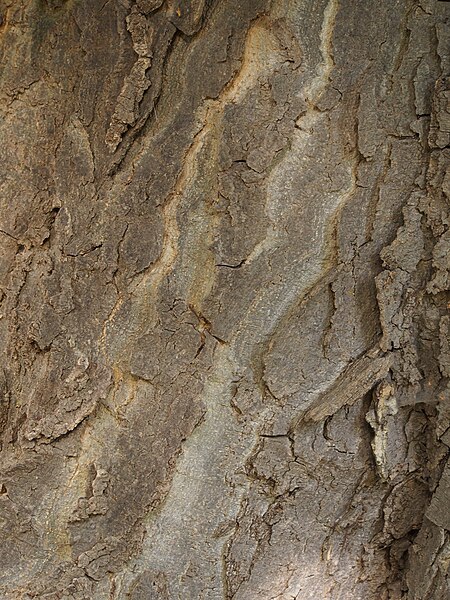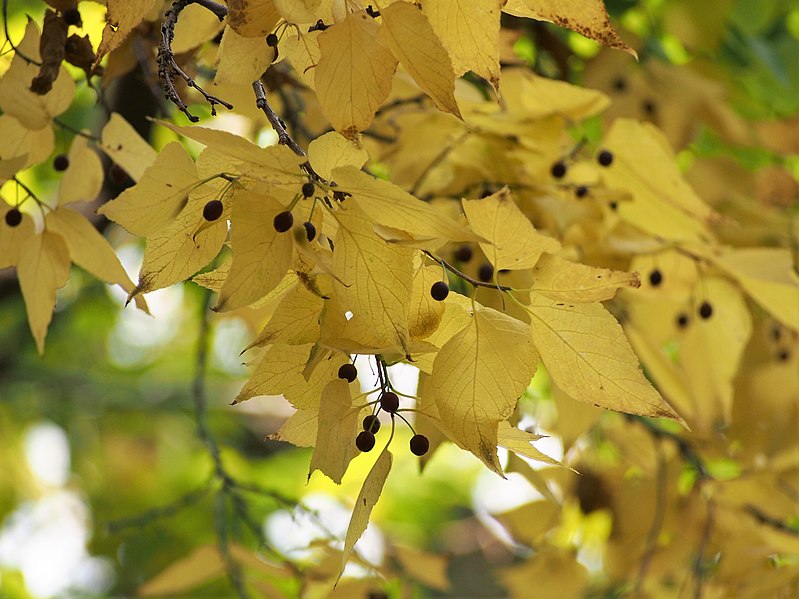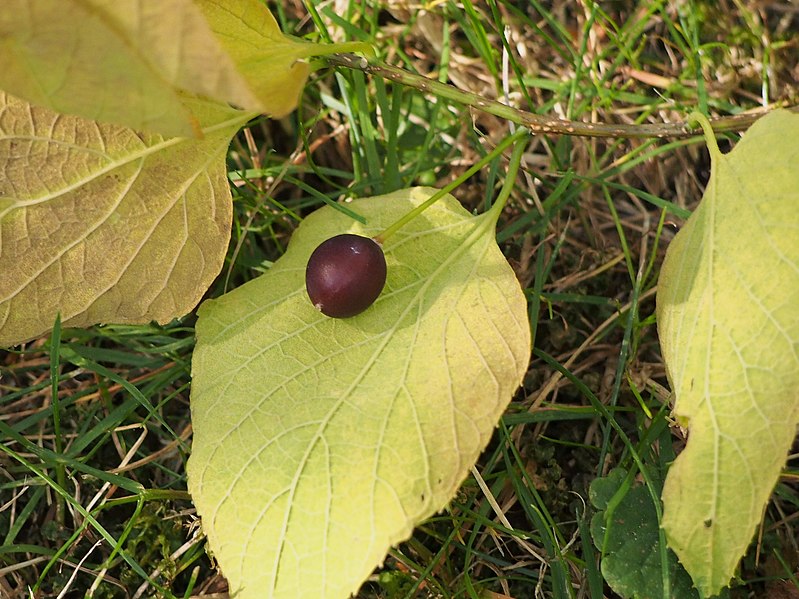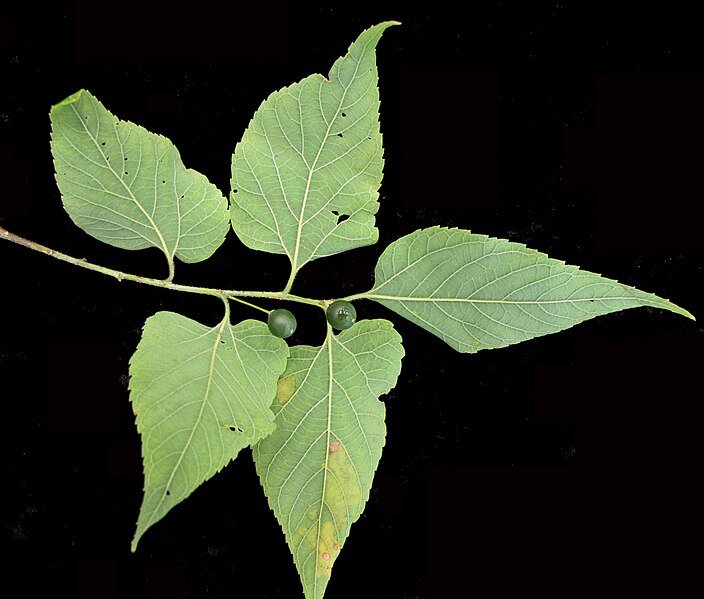Hackberry Identification – Celtis occidentalis
Heads up
American Hackberry, also known as Celtis occidentalis, belongs to the Cannabaceae family, which interestingly is the same family that hemp belongs to. You might have also heard of the American Hackberry being called by other names such as the Northern Hackberry or Common Hackberry.
American Hackberry is not just a tree in the forest. It’s growing in popularity in urban landscapes because it can handle a variety of conditions, even droughts. Birds, especially the Cedar Waxwings, are particularly fond of the fruits it produces.
Hackberry: Key Parts in Photos





Where to find it
This tree prefers places that are either partly shady or sunny. It prefers average to moist soil conditions. Ideal spots for this tree include hardwood forests, floodplains, and banks of rivers.
How to identify Hackberry
The leaves of this tree are quite distinct. They’re simple and alternate. Their size varies, but generally, they are 2 to 5 inches long and can be up to 3 inches wide. One distinctive feature is their base, which is not symmetrical and has a sort of heart-shaped look. These leaves also have three prominent veins that start from the point where the stalk connects to the leaf. The bark of this tree is also unique. Younger trees have a rough texture with corky ridges, while mature trees display gray bark with thick scales. One neat thing to note about this tree is its crown, it is generally round and as wide as it is tall.
The American Hackberry has both male and female flowers on the same tree. This is termed as ‘monoecious’. The flowers can be greenish to yellowish and are quite tiny. Although they don’t have petals, they do have 4 to 6 spreading sepals. Male flowers can be spotted in clusters near where new branches sprout. They are characterized by having 4 to 6 green to brown stamens, which are basically the parts of the flower that produce pollen. Female flowers, on the other hand, can be found singly or in pairs at the tip end of the branchlets. They are marked by a fuzzy style, which is the part of the flower that catches pollen, and a green ovary.
After the tree flowers, it produces fruit. This fruit looks like a small berry but is technically called a ‘drupe’. It starts off green and then turns a dark maroon color in the late summer. This fruit houses a single seed inside.
